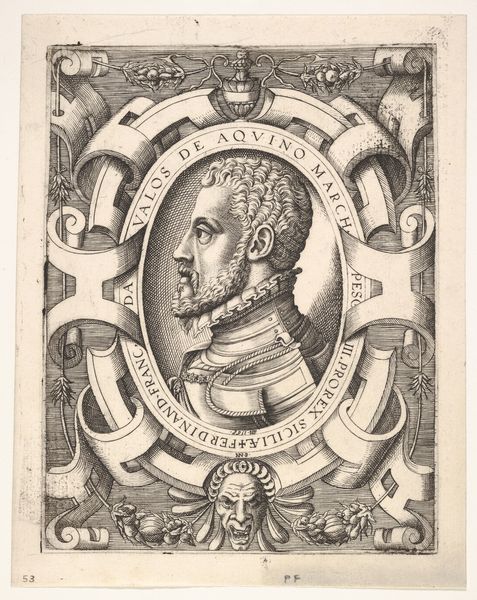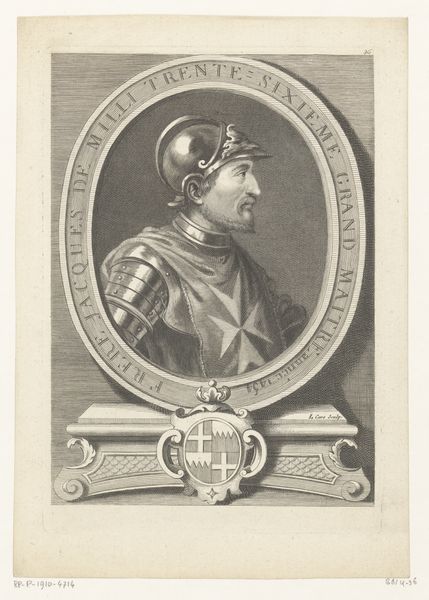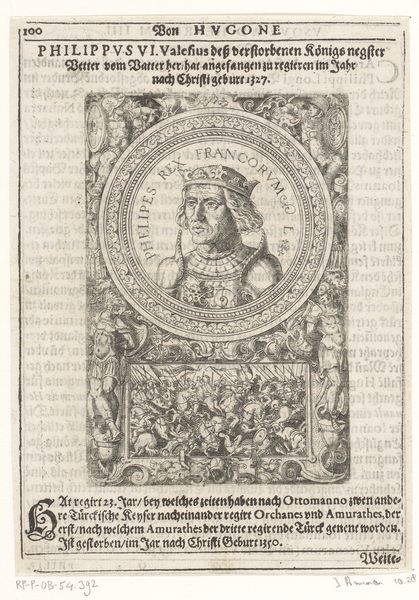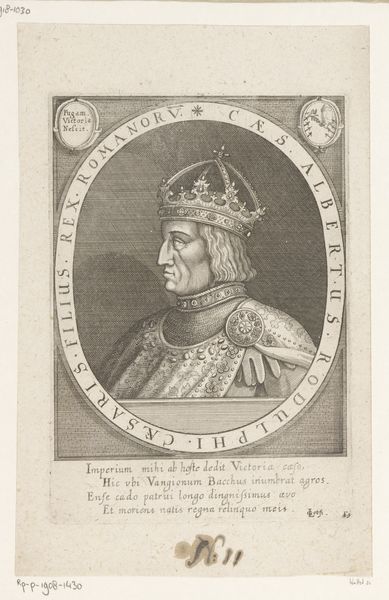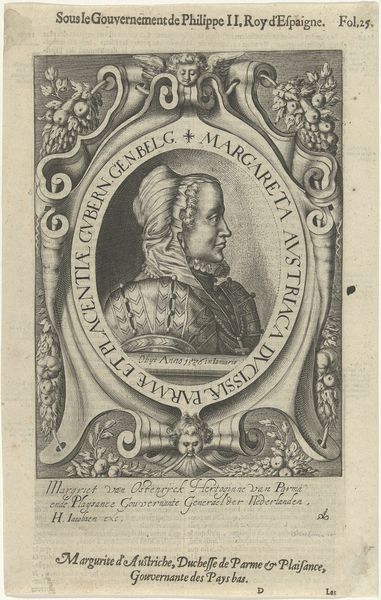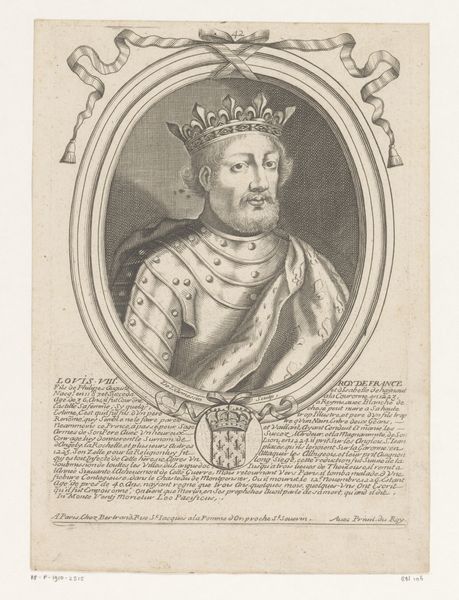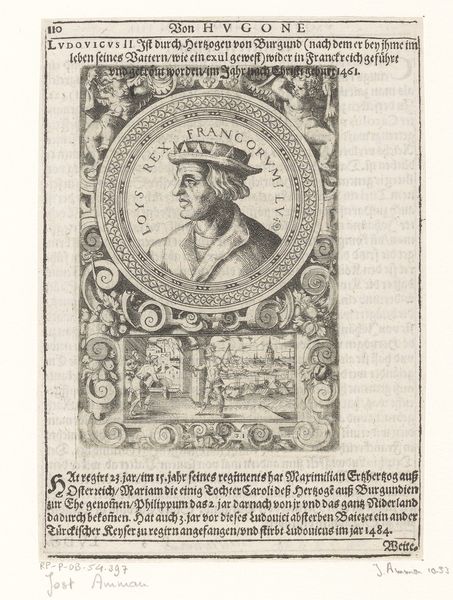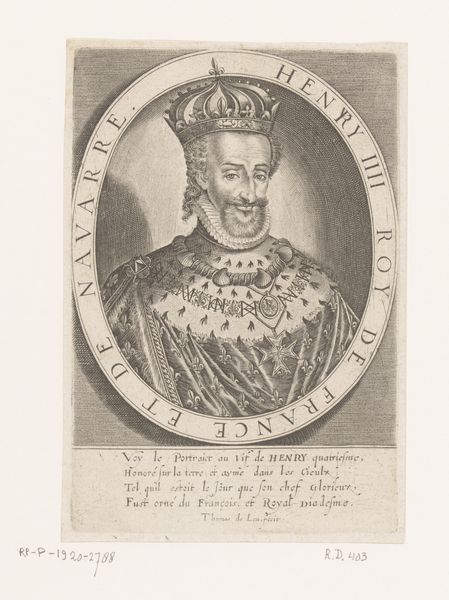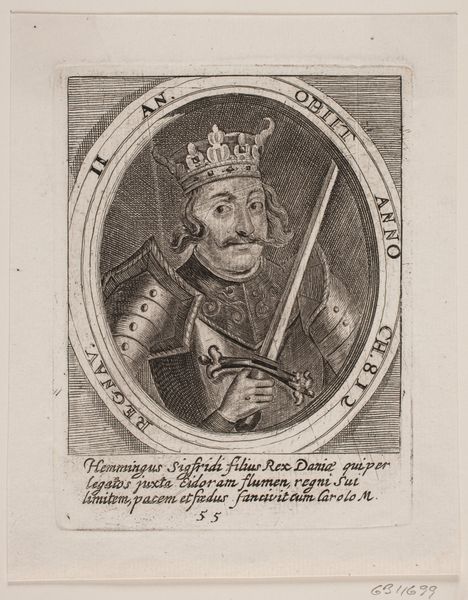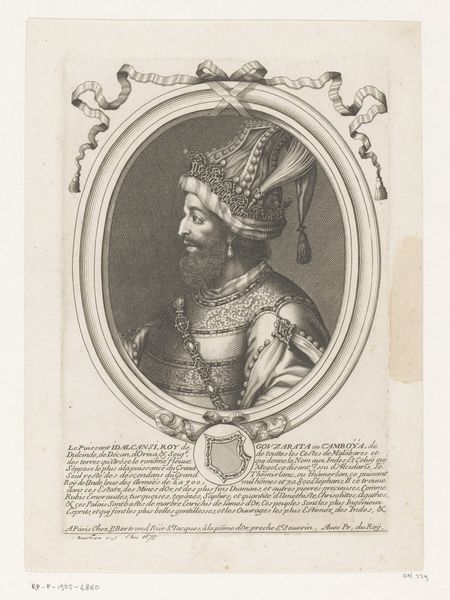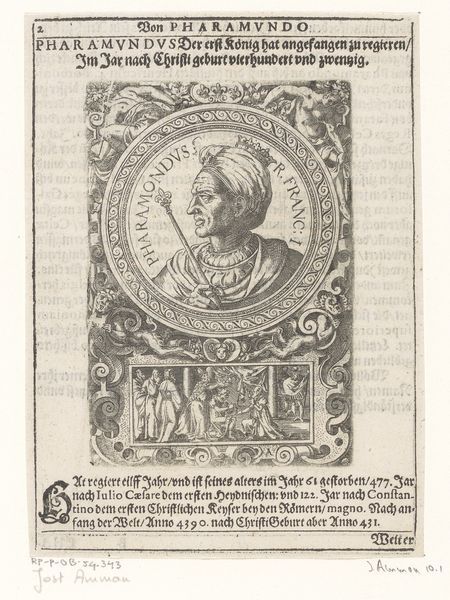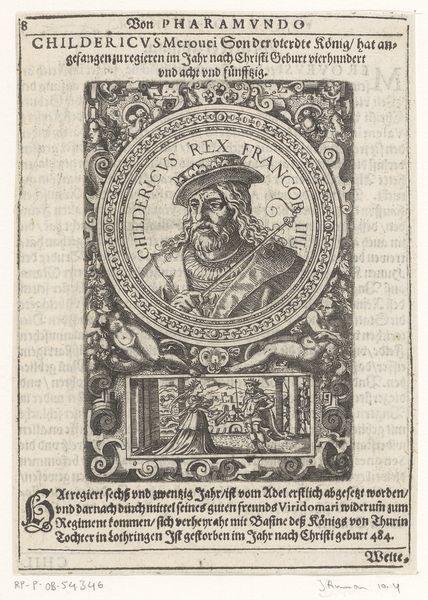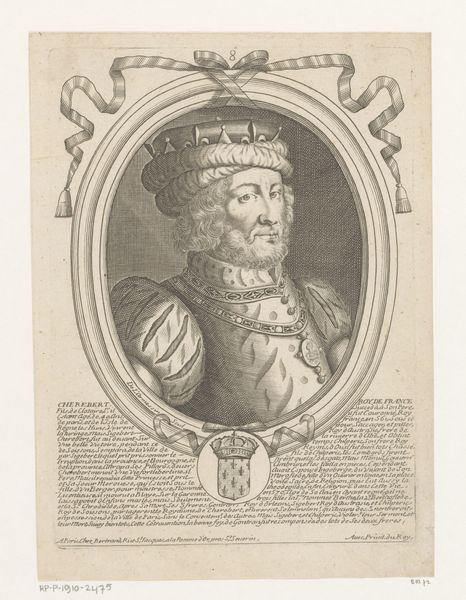![Henri II, 1519-1559, King of France 1547 [obverse] by Etienne Delaune](/_next/image?url=https%3A%2F%2Fd2w8kbdekdi1gv.cloudfront.net%2FeyJidWNrZXQiOiAiYXJ0ZXJhLWltYWdlcy1idWNrZXQiLCAia2V5IjogImFydHdvcmtzLzM5OGY0MWY4LWM5ZjctNDE3OS1hNDQxLTk5OGY3OTZhMWEyOS8zOThmNDFmOC1jOWY3LTQxNzktYTQ0MS05OThmNzk2YTFhMjlfZnVsbC5qcGciLCAiZWRpdHMiOiB7InJlc2l6ZSI6IHsid2lkdGgiOiAxOTIwLCAiaGVpZ2h0IjogMTkyMCwgImZpdCI6ICJpbnNpZGUifX19&w=3840&q=75)
relief, bronze, sculpture
#
portrait
#
medal
#
sculpture
#
relief
#
bronze
#
sculptural image
#
11_renaissance
#
sculpture
Dimensions: overall (diameter): 5.21 cm (2 1/16 in.) gross weight: 53.06 gr (0.117 lb.) axis: 12:00
Copyright: National Gallery of Art: CC0 1.0
Editor: Here we have Etienne Delaune's bronze relief portrait of Henri II, King of France. I’m struck by how the choice of bronze lends it a sense of weight and authority. What do you make of it? Curator: For me, it's less about the authority it projects, and more about how the materials themselves speak to power. Bronze wasn’t just *any* material. The ability to cast it, control its properties, that all relied on specialized labor and access to resources. Think of the workshops, the mining… the social structure embedded in producing this seemingly simple object. Editor: So the medal itself becomes evidence of the King's economic might? Curator: Precisely! And think about distribution. These medals weren't mass produced in our modern sense. Each one would have been carefully cast and perhaps given as a gift. Consumption is not simply 'having', but participating in an economy of patronage, solidifying social relations and hierarchies. It's a little circle of power rendered in bronze. Consider the labor needed to design and create that intricate border or the fine detail in his armour. That’s a very intentional deployment of skill, making visible the value invested in this symbol. Editor: It’s like a concentrated expression of the Renaissance economy, showing royal power via control over labor and resources, all in this small bronze circle. I never would have considered that! Curator: Exactly. Thinking about materials shifts the focus from simple representation to the social forces that make representation possible. Now when you look at art, consider the *making*. What work was needed to produce what we see, and whose labour does it represent? Editor: That gives me a totally new perspective to explore! Thanks!
Comments
No comments
Be the first to comment and join the conversation on the ultimate creative platform.
